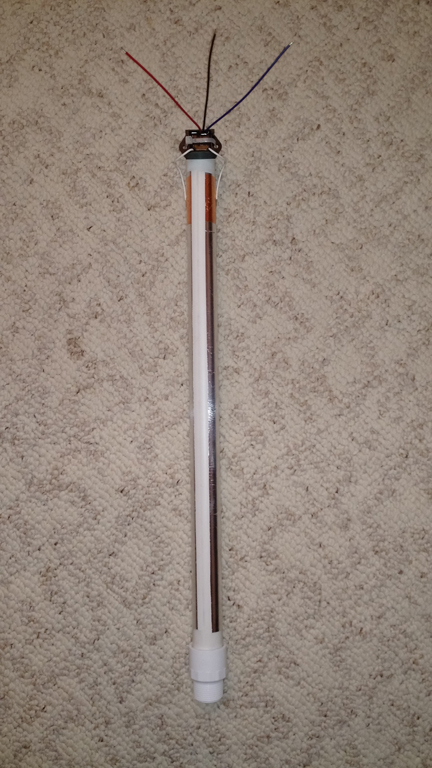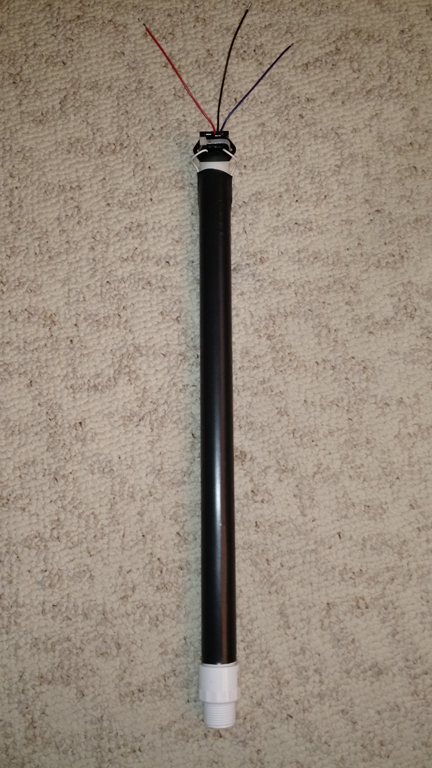Really. Really. Cool. (Cap tip).
Sent from my iPhone using Tapatalk
Sent from my iPhone using Tapatalk
 ).
).  But since most buyers want to control the timing of announcements and such, and discussions like these are considered very confidential, I'm sure you'll understand that we can't reveal the whos and whats and whens.
But since most buyers want to control the timing of announcements and such, and discussions like these are considered very confidential, I'm sure you'll understand that we can't reveal the whos and whats and whens.


 . Unless you were going for some sort of style statement, I guess!
. Unless you were going for some sort of style statement, I guess! 
Comment